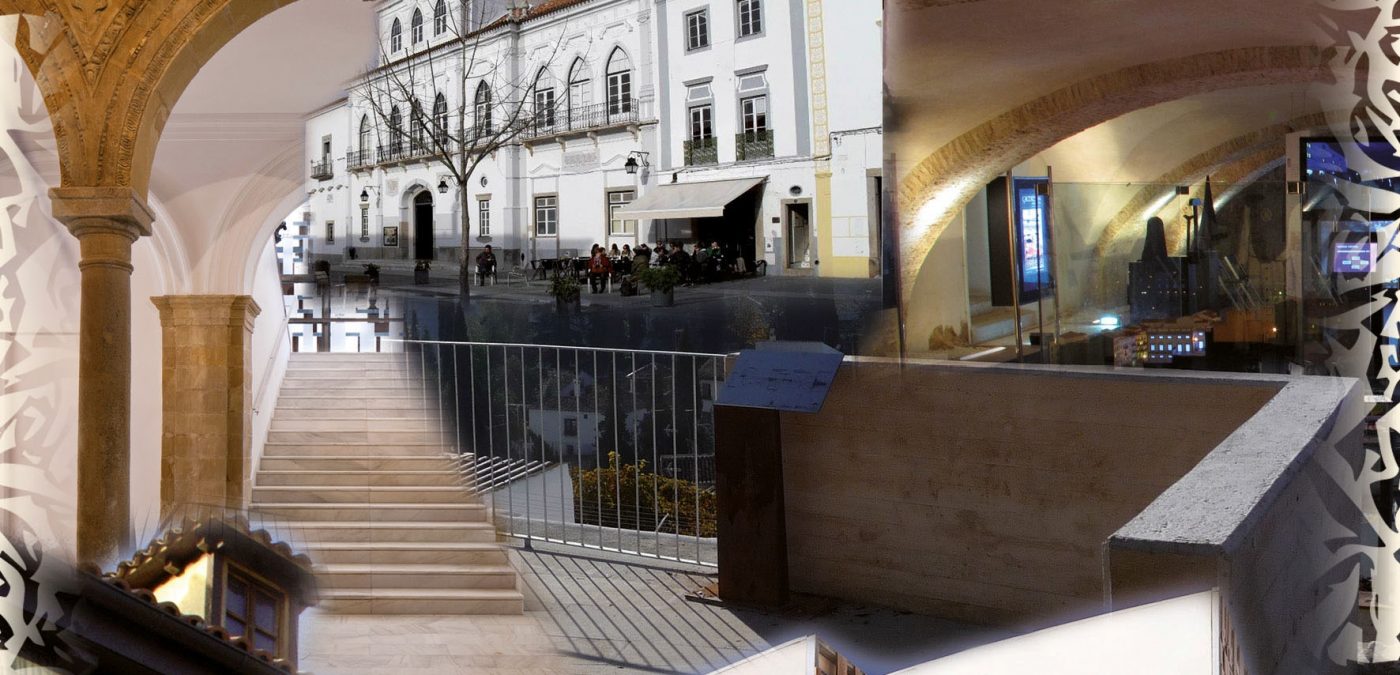16 December 2014

BROCHURE REHABILITION HERITAGE
One way or another, society’s interest in buildings dating from earlier ages has been a constant feature of our history. Over time, that interest has gradually grown into an awareness of their historical and artistic importance. Though initially focussing on landmark historic buildings, the concept of heritage has progressively expanded to include other types of building which, while perhaps less aesthetically-appealing, are of similar or greater value in terms of what they tell us about the society that created them.
Another stage in this process has been a greater attention to context, i.e. to the immediate vicinity of the historic building, its urban surroundings, and the ease with which it can be viewed; at the same time, there has been growing interest in architecture of a less monumental nature. This has given rise to the development of a whole range of conservation categories in addition to the original “Historic Building”, for example Historic Complex, Cultural Landscape and Vernacular Architecture.
This publication by the Southern Europe / Mediterranean Regional Secretariat of the Organisation of World Heritage Cities sees to provide an insight into the way various heritage buildings have been restored and rehabilitated. In doing so, we aim to raise awareness of the scope for finding new uses for our heritage buildings, other than simply as something to look at, so that theywill remain in use. Schemes involving heritage buildings should not be limited to their aesthetic impact or to work on their façades; they should also reflect
the type of building concerned and the original arrangement of the spaces within it.
While many of the examples provided here focus on the rehabilitation of historic buildings (for cultural, educational or administrative use), others address the restoration of spaces with a view to facilitating access to historic quarters, to enhancing the way they are perceived, and to improving the urban landscape. The idea common to all the texts is that of making the building an integral part of its urban setting, ruling out any approach that takes the building as something separate from its context.
The overarching aim is to keep the historic building, and the whole historic quarter alive; to stop them becoming merely the object of aesthetic contemplation, and to ensure that they play a major functional role in the daily life of the city. An essential consideration when drawing up a rehabilitation project is to clearly define the uses to which the restored building is to be put, which should – wherever possible – reflect the uses for which it was originally erected.
This approach has a number of benefits. It makes use of a heritage building, thus avoiding the cost of erecting a new building; at the same time, it ensures the survival of various types of historical buildings, fully integrated into the city which grew up around them. By making use of landmark historic buildings, as indicated earlier, we keep them alive. This, in turn, helps to revitalise the surrounding area, prompting greater activity in that part of the city, together with a greater human presence, all of which generates social and economic dynamism.


